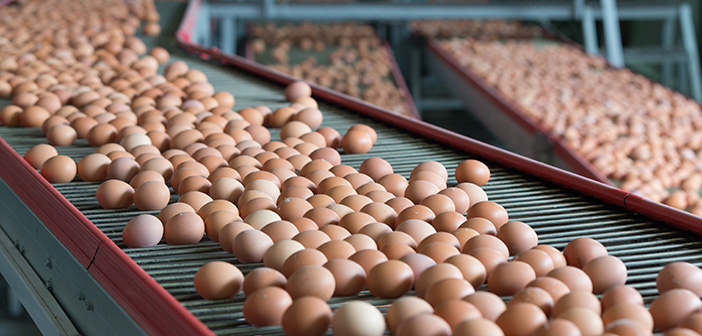The global egg market is set to expand by 22% over the next decade, with most of the growth expected to come from Asia, Africa, and Latin America, according to a new report from RaboResearch and the World Egg Organisation.
Egg production has already doubled in the last 30 years, reaching 99 million metric tons in 2025. By 2035, the sector is expected to keep growing, although at a steadier pace of around 2% per year.
“Eggs will maintain their strong market position compared to other proteins,” said Nan-Dirk Mulder, senior global specialist in animal protein at RaboResearch. “But future growth will be shaped more by income levels, availability, consumer preferences, and product development, rather than population growth alone.”
For farmers, the biggest opportunities lie in emerging markets. Rising incomes and rapid urbanisation are boosting egg consumption, particularly in Asia and Africa, where per capita consumption is climbing from relatively low levels.
In countries like Mexico and Japan, people already eat more than 300 eggs per year, while parts of Africa consume fewer than 50. But the gap is narrowing, and demand in fast-growing regions is expected to keep climbing.
In established markets, consumers are shifting towards value-added eggs: cage-free, organic, functional, or processed. Animal welfare, sustainability, and health are becoming key drivers, especially among younger buyers.
The report highlights the need for continued investment in modern housing, efficiency gains, and biosecurity. Cage-free production is on the rise, not only in Europe and North America but also in parts of Asia and Latin America.
Technology will be central to the next stage of growth. Artificial intelligence, robotics, and smart farming tools are expected to help producers improve efficiency, animal health, and environmental performance.
“The biggest challenge for producers will be deciding how and where to invest,” Mulder said. “Agility, innovation, and sustainability will determine long-term success.”


